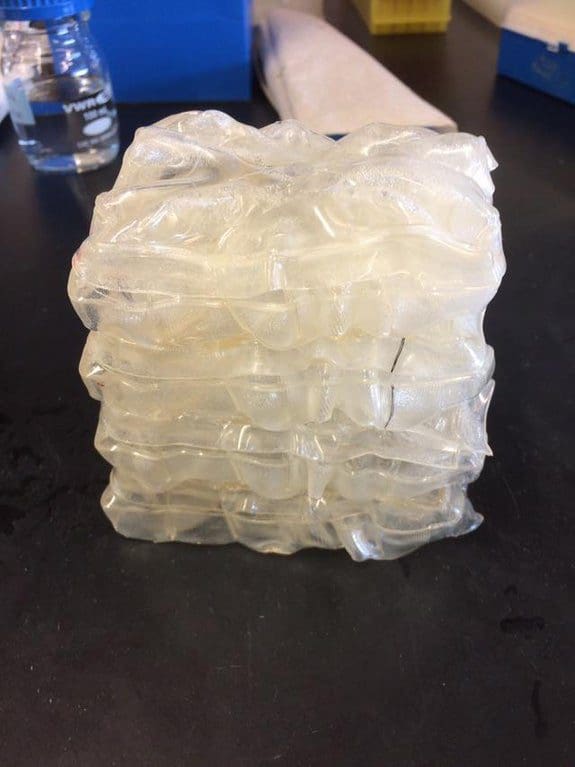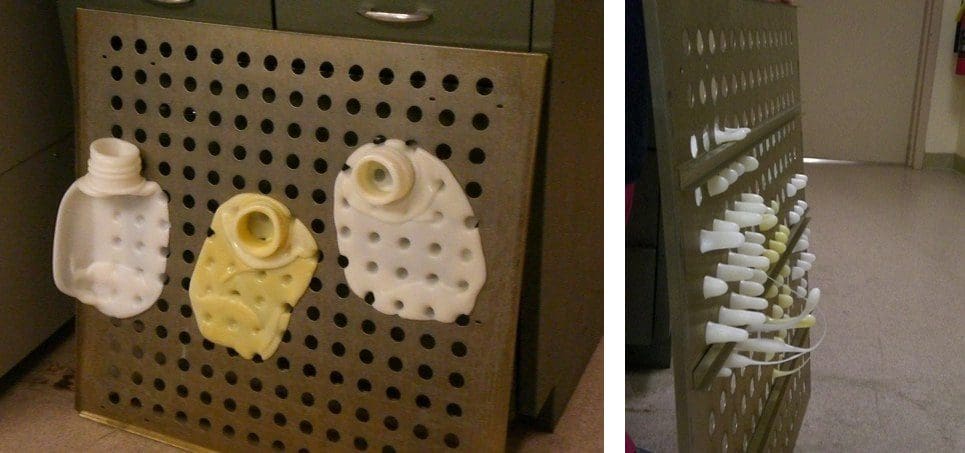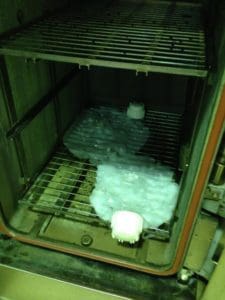Always Use Autoclave Trays!
By: Priorclave North America
Category: Lab Practices

Spend long enough in a lab and eventually even your most useful and trusted equipment may seem to betray you. But it’s not the autoclave to blame! It could be an unexpected change in or failure to double check a vessel’s settings—that is, user error. Sometimes it’s misleadlingly labeled or misremembered materials.

[source]
Use a Tray—Every Time—to Avoid Unexpected Lab Messes
Using a tray every time you use the autoclave is one of the easiest and most important things you can do to keep your autoclave in good working order. Like a liner for the autoclave chamber, a tray provides a barrier against spills, ruptures, or boil-overs. Human as we all are, error (even if only occasional) is a constant. Some days you will get it wrong, or the barometric pressure will be especially high, or the autoclave vent will stick, or there will be a power surge, or …anything that can go wrong in a lab will.
As Dean Rusk said: Give yourself a chance to be lucky. It’s so much easier to dump out and rinse a tray than to spend hours scooping media out of an autoclave’s internal plumbing like r/labrats redditor GrassyKnoll95 did—or even just the chamber like Tripleee and their colleagues:

[source]
It took r/labrat Tofuzzy 4 hrs to cut melted plastic containers out of their autoclave chamber. Consider mourning /labrats redditor, YaBoiFish6, whose autoclave temperature dial surprised them and melted everything in the autoclave chamber into its walls. Without a tray to catch it, that melted plastic could foul their autoclave plumbing and drain, necessitating extensive repairs.
No one needs that kind of waste and hassle over the cost of a simple tray: it’s penny wise but pound foolish.

[source]
Choosing an Autoclave Tray
How do you choose an autoclave tray? Plastic autoclave trays are made from polypropylene—but can run $150 a pop! While similar-looking polypro bins are available in ordinary retail outlets for much less, not all polypropylene trays perform the same for autoclaving purposes. For example, regular grocery/super-store polypro tubs (such as those sold under the brand Sterilite) are great for your pantry or garage, but are not going to survive prolonged exposure to steam or boiling temperatures. They may melt and cause damage. Worse, they may look fine when you open the autoclave but then collapse when you remove them from the sterilizer—scalding lab personnel in the process.
That said, steel “hot bar” pans and commercial baking sheets are durable, affordable, and won’t melt. Don’t let budget be an excuse!

